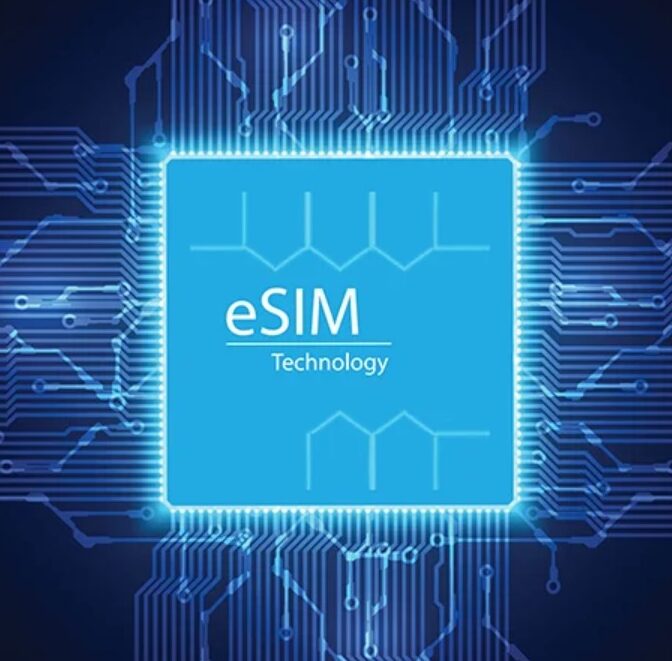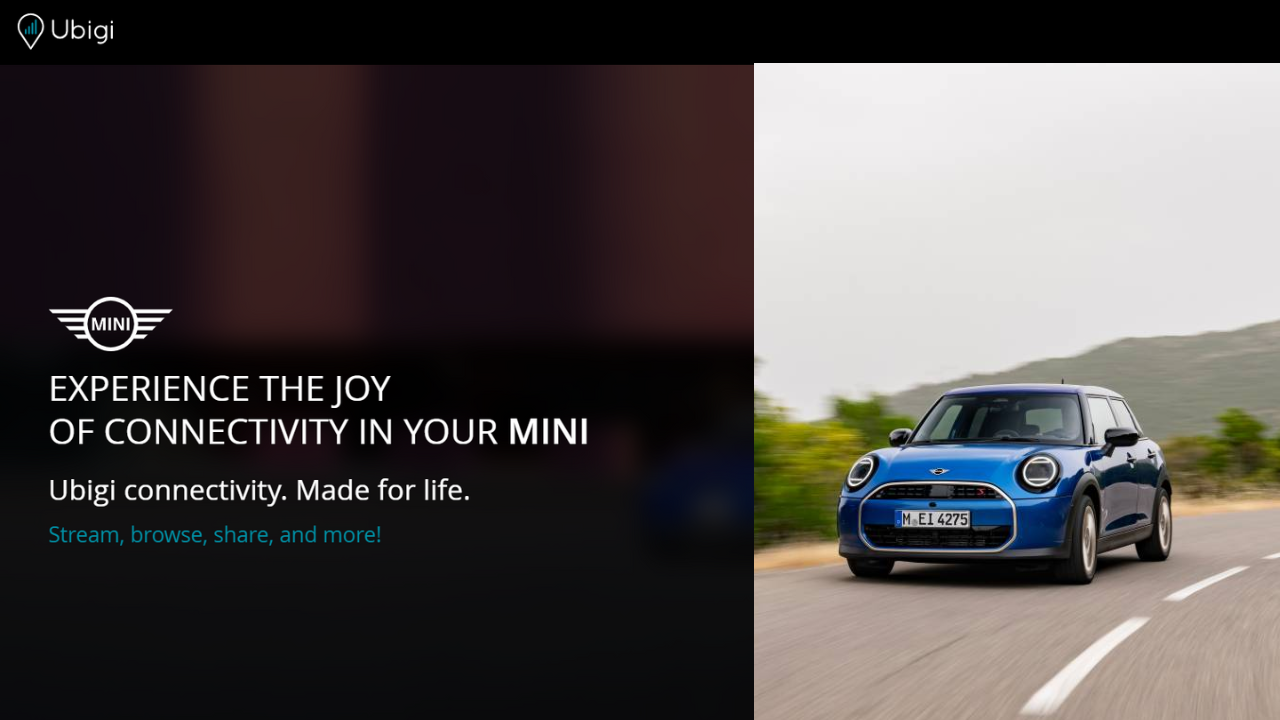A few months ago, the GSMA association, which represents the interest of mobile operators, published a first specification regarding the use of eSIMs (embedded SIMs) in the Internet of Things (IoT) domain. It follows several eSIM standards already prescribed by the GSMA, such as the eSIM M2M and eSIM for Consumer. Romain Durand, co-founder, and director of innovation at Transatel, provides further details on eSIM IoT for L’Embarque.
Can you put eSIM IoT into context with the evolution of SIM card technology, which is essential for connecting to cellular radio networks managed by mobile operators?
Romain Durand: First of all, it should be recalled that the SIM card, regardless of its format, was not originally designed to be reprogrammable. If one wanted to change operator, it was necessary to change physically the SIM card. In some use cases, this constraint has proven to be highly limiting.
The automotive sector was the first to express the need for reprogramming the SIM. Connected cars through a cellular radio communication network indeed require a SIM card soldered on a printed circuit board, due to constraints such as shock and vibration. To meet this need, the GSMA wanted to standardize the concept of reprogrammable SIM cards.
Thus, was born the eSIM M2M specification, which provides a standard mechanism for downloading an initial operator profile and possibly reprogramming the eSIM to switch to another operator. Here, it is clearly a push-type mechanism. Through a management platform, for example, a car manufacturer or fleet manager can remotely reprogram all SIM cards in a fleet of vehicles.
Can you please specify exactly what the eSIM M2M specification of the GSMA alliance defines?
ROMAIN DURAND: The eSIM M2M standard specifies two entities on the infrastructure side: the SM-SR (Subscription Manager – Secure Routing) and the SM-DP (Subscription Manager – Data Preparation). The SM-SR is the SIM card administration server that allows to download new operator profiles into eSIMs. The SM-SR can be physically implemented in the IT infrastructure of, for example, a car manufacturer.
The eSIM profiles, on the other hand, must be obtained from other servers called SM-DPs, which can be compared to SIM card cabinets and usually belong to the operators. However, this approach can be quite cumbersome and potentially costly, as the interconnection process between an SM-SR and the SM-DPs can take several months. Therefore, it is mainly reserved for large projects.
It is easy to understand that this complex process is not suitable for consumer applications where an ordinary user equipped with an eSIM enabled smartphone (such as the latest iPhone models, for example) decides on their own to switch operators.
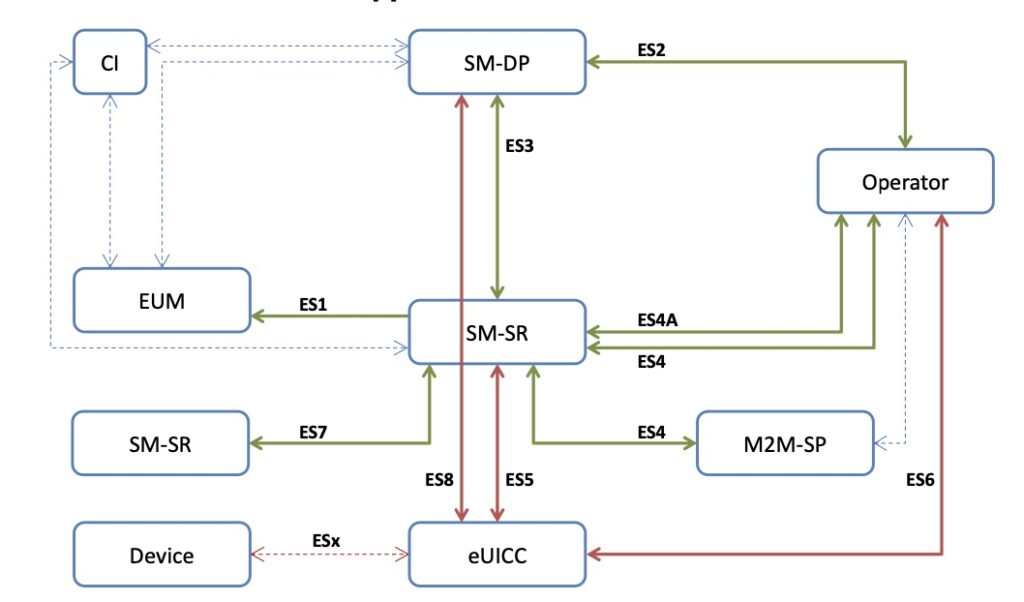
So, the GSMA alliance had to define a new eSIM specification…
ROMAIN DURAND: Indeed. To address this use case, GSMA has published the eSIM for Consumer specification, which corresponds to a pull model (rather than push) and defines a backend architecture different from that of the eSIM M2M specification.
Here, there is no longer an SM-SR in the back-end, but only an element called SM-DP+, installed at the operators, which is responsible for creating, downloading, remotely managing, and protecting profiles. In the user’s device, the eSIM is associated with a software called LPA (Local Profile Assistant), usually integrated into Android or iOS operating systems, and which is capable of retrieving the eSIM profile (and thus a new subscription) from the SM-DP+.
Here, it is the user who is in control and who, through the screen of his smartphone, decides to change operator. To start the process, the new operator can provide him with a QR Code that corresponds to the profile identifier and that the user can scan with his smartphone. The operation tells the LPA to retrieve the appropriate eSIM profile from the SM-DP+. In some cases, the new operator can also provide an application from which the user can download his eSIM profile. Then, there is no need for a QR Code.
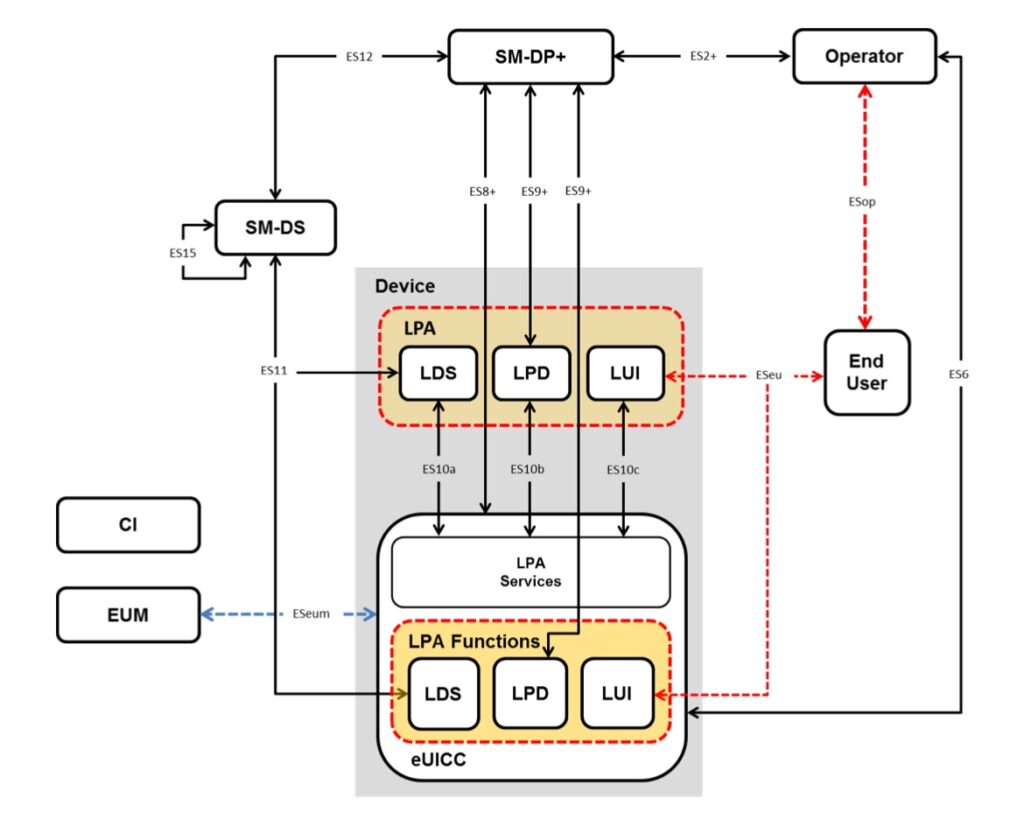
Is the new eSIM IoT specification an evolution of eSIM for Consumer?
ROMAIN DURAND: Yes and no. The “push” and “pull” modes I just described each have their own advantages and disadvantages. The eSIM M2M model is useful because it allows a fleet manager to remotely control a fleet of eSIMs (and therefore devices). The eSIM for Consumer model, on the other hand, benefits from simplicity and interoperability. Two particularly important concepts for the Internet of Things domain.
However, a connected object on a cellular network is very different from a smartphone. In most cases, the IoT object is autonomous and does not have a graphical user interface. Moreover, its connection speed is sometimes very low, and it is not feasible to involve a human in launching operator or subscription modification operations.
On the contrary, as in the M2M model, remote management operations are required, and specific connectivity constraints related to LTE-M or NB-IoT technologies must also be taken into account. Hence the current GSMA initiative around a third eSIM standard, eSIM IoT, which aims to solve all these issues. This standard convergence has been discussed since 2016-2017, but things really started moving a year ago.
To what extent do the eSIM M2M and eSIM for Consumer models’ respective benefits appear in the eSIM IoT specification?
ROMAIN DURAND: In the interest of simplicity and interoperability, the eSIM IoT specification incorporates certain concepts from the eSIM for Consumer standard. Thus, there is a software block in the connected object, this time called IPA for Integrated Personal Assistant. This software component, which can be integrated into the object’s software environment or into the eSIM itself, is remotely controllable. And it can be controlled by a specific controller positioned in the network called the eSIM IoT Remote Manager or eIM, which is responsible for remote profile management operations in a given object or fleet of objects, as in the eSIM M2M model. All of this is done in conjunction with an SM-DP+ server of the same type as that in the eSIM for Consumer model.
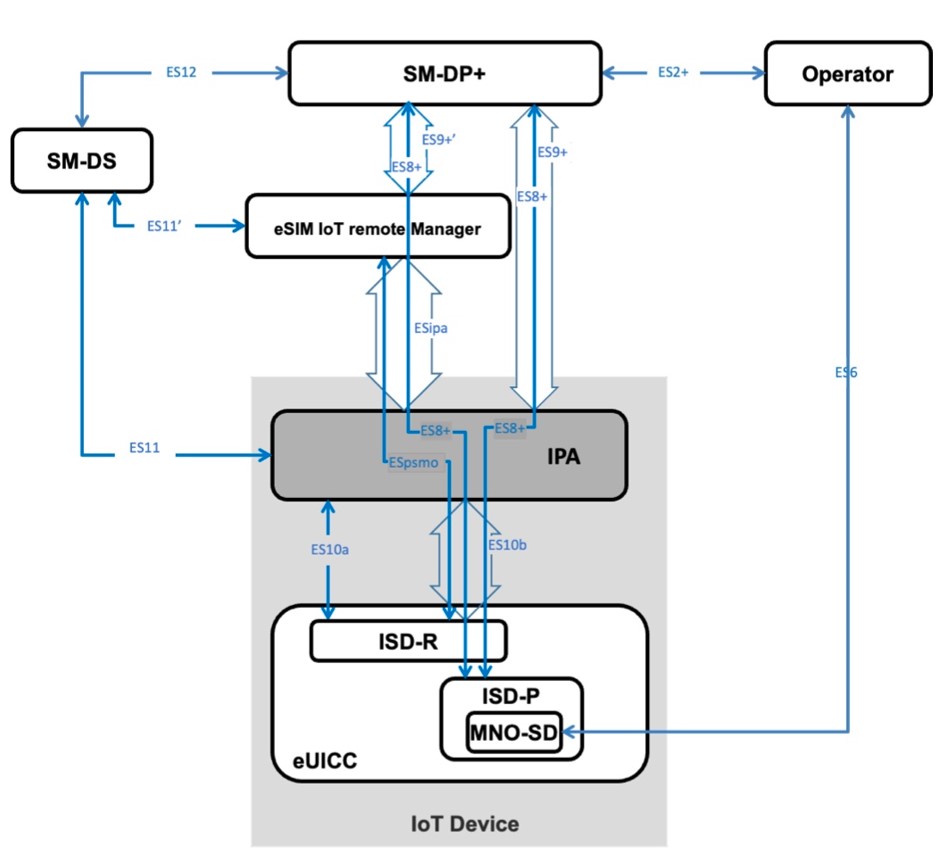
Where are we in the standardization process of eSIM IoT?
ROMAIN DURAND: In practice, work on the eSIM IoT standard has taken place in two stages. In April of last year, the GSMA published the SGP.31 eSIM IoT Architecture and Requirements specification, which outlines the architecture and elements of the standard, as well as the requirements it must meet.
From there, work has been underway to define the details in a new specification, which will carry the SGP.32 label and is expected to be published towards the end of the year. The next steps will cover interoperability and testing. It is likely that the first compliant commercial offerings will be available by the end of 2023.
How is Transatel positioning itself in this evolution?
ROMAIN DURAND: Transatel has always been ahead of the game when it comes to eSIM technology. We have been commercially offering eSIM M2M solutions for automotive and aerospace manufacturers for a long time. Additionally, we were the first in France to offer eSIM for consumers under the Ubigi brand. We recommend occasional or frequent travellers to install the Ubigi app to quickly and easily obtain a free eSIM profile. Then, when they travel, they can purchase an internet access package on-demand instead of paying high roaming fees or looking for a local SIM card.
Of course, we are also closely monitoring the development of eSIM IoT and are ready to adapt, knowing that we already have some pre-standard solutions with a few partners. One of these partners can already provide Integrated Personal Assistant (IPA) on any embedded system, such as the Raspberry Pi 4, for example.
Interview originally published in French in L’embarque.com
